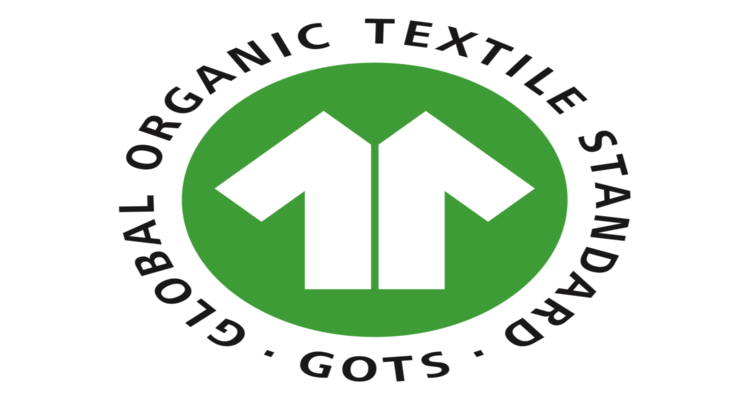The skin of children is 30% thinner than that of adults, rendering it more absorbent of the chemical residues & toxins present in the clothes they wear all day and all night.
◊ By Meghna Kishore
Visit ORGANIC SHOP by Pure & Eco India
Children are some of the most prolific consumers of apparel.
They are also the most vulnerable customer segment to be exposed to the ill-effects of synthetic clothing and toxic chemicals.
CHILDREN ARE MOST VULNERABLE TO TOXINS PRESENT IN CLOTHES
With children’s skin being about 30% thinner than that of adults, they absorb more of the substances present in their clothes. With increasing exposure to toxins present in most clothes available today, there is a significant rise in the number of children getting allergies, skin rashes, respiratory disorders, etc.
Garments made of synthetic fabrics take a long time to decompose, creating long-term pollution, which in turn impacts the future generations who will inherit this planet in the days to come.
It is not just occasional formal wear which needs to be sustainable. Daily casualwear must also be responsibly produced. Organic, therefore has to become the new normal.
ORGANIC COTTON VS CONVENTIONAL (REGULAR) COTTON
Before we delve into the benefits of organic cotton clothing, let’s understand the difference between organic and conventional cotton.
The main difference lies not in the garment, but the entire process – right from sowing the cotton seed to the final garment being manufactured in the factory. Organic cotton farming follows more traditional methods of farming, which are not only more sustainable for the soil but also involve no chemicals during the cultivation process.
The cotton itself is grown using non-GMO (genetically modified) seeds, no chemical pesticides and no artificial fertilisers, whereas conventional cotton farming utilises all of these unnatural resources.
Further, the colours and dyes used on fabrics contain dangerous and toxic substances which not only pose a threat to our health but also the environment. In supply chains which are certified organic, colours and dyes used are non-toxic (chemical-free) and safe for the planet too.
The traces of toxic chemicals left in synthetic and conventional garments pose a threat to the health of babies and children.
THINGS TO KEEP IN MIND WHILE SHOPPING FOR CHILDREN’S CLOTHES
Safety: Clothing touches the skin 24 hours a day. It is, therefore, critical to note that clothes worn by children should be devoid of any hazardous chemicals. Not only does their skin absorb the chemicals but since smaller children often put their clothing in their mouth, they become more prone to absorption of these chemicals. Organic cotton is a safe option for the health of children.
Comfort: Garments made with natural fibres and particularly cotton, are the softest and most comfortable for kids. These fabrics allow the skin to breathe well and are easy to maintain. When choosing an appropriate fabric, it is important that it is not chemical laden. Organic cotton is a clear winner in this respect.
Durability: Organic cotton fibres are not subject to harsh chemicals and are hence stronger and long-lasting. Clothes should not be discarded frequently and land up in landfills. Recycling, repurposing and handing clothes down to younger children should be the norm. This is possible only if the garment does not end up looking like a worn out rag even after it has fulfilled its initial purpose. Since organic clothes are durable and hardy, they are good for repeated use over a longer duration of time.
HOW TO KNOW IF YOUR CHILD’S CLOTHES ARE REALLY ORGANIC
Parents of young kids today are well travelled, globally connected and believe in conscious, mindful parenting.
While they are aware of the choices they need to make, the authenticity of organic garments is often questionable. The authenticity of an organic cotton garment can be ascertained by locating the certificate from Global Organic Textile Standard (GOTS) on its label or packaging.

A GOTS label signifies that the raw materials used in the product are pure organic and also that the manufacturing processes involved in production of the same are also environment-friendly.
Some misconceive organic cotton garments to be dull, expensive and only for occasional wear. On the contrary, organic cotton garments can be cheerful, bright, affordable and low maintenance. And they are most definitely for daily wear.
The author is Co-Founder, Greendigo, a children’s apparel brand offering certified organic clothing for children.



Leave a Reply